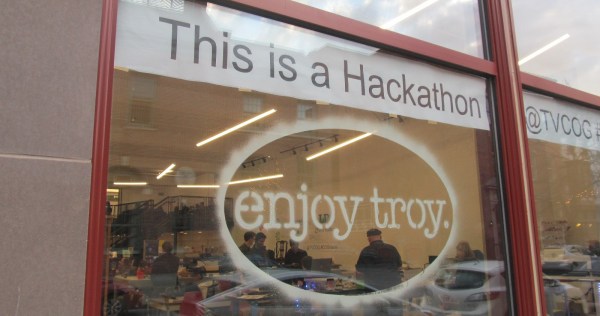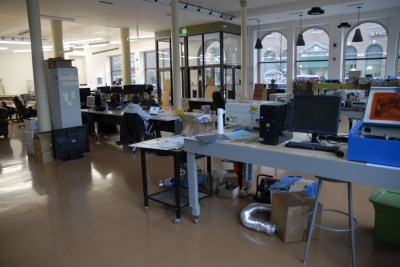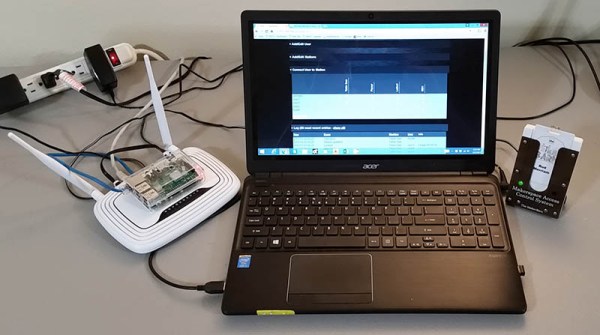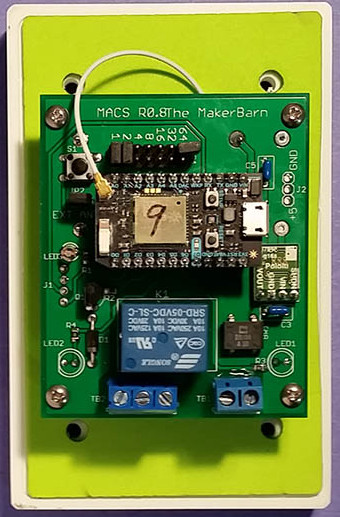For some people to join a new group is an exciting proposal, to meet new people and interact with them to accomplish a goal is their idea of a good time. If this describes you then you’re all set to jump in there and make some new friends! There are other people who see social interaction as not such a good time. They would rather avoid that situation and go on about their normal day, I get it. In general my level of comfort is inversely proportional to the number of people with me. This is not a character trait that I chose, I’m an introvert by nature.
The stereotype depicts hackers, nerds, or geeks as people without many friends who spend most of our time alone or you might just call us “loners”. I should make it clear that I’m writing this article from a table for 1 at my local diner and it would be out of the ordinary if there was another person at this table with me. Just in case someone feels the need to speak to me I’m wearing headphones as a deterrent, audio delivery is not their use at this time (headphone hack). I can feel the first comment brewing so let me nip that in the bud real quick: I’m in a restaurant AND actively being alone because there are often too many distractions at home to get things done in a timely manner. And I like the pancakes.
Before I climb up on this soapbox let me say that many of you are already involved in the community and are doing a great job, in fact I’m pretty sure many of the old-timers I talk about are Hackaday readers. This article is a result of my self reflection regarding my lack of community involvement as of late. I can’t think of any reasons why I shouldn’t take myself down a peg or two publicly, enjoy.
I won’t bother with the “Ra-Ra! Team Spirit!” garbage to get you all jazzed up to be a part of the team. But I will tell you what you’re missing out on by not being active and participating. It’s similar to the saying “You can lead a horse to water but you can’t make that horse join a group of like-minded horses that would all benefit from a wealth of horse-knowledge.” The saying changes depending on where you’re from, that’s how it was told to me.
Continue reading “How I Embraced My Introvert And Joined The Hacker Community”







 You might recall the TVCoG from
You might recall the TVCoG from 
 A control box, [George] calls them stations, controls the power to a machine. Member badges have an RFID tag that is read when inserted into the station’s reader. If the member is authorized to use the machine, the power is enabled. For safety, the member’s badge must remain in the reader to maintain power. The reader uses a Photon board from Particle with a WiFi link to a Raspberry Pi server.
A control box, [George] calls them stations, controls the power to a machine. Member badges have an RFID tag that is read when inserted into the station’s reader. If the member is authorized to use the machine, the power is enabled. For safety, the member’s badge must remain in the reader to maintain power. The reader uses a Photon board from Particle with a WiFi link to a Raspberry Pi server.







